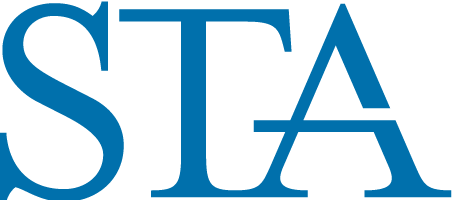No Lack of Market Structure Issues
by John Daley, Chairman of the Board
Last week our New York affiliate, STANY, held their conference, highlighted by outstanding speakers and a panel discussing high-frequency trading (HFT). The event was extremely well attended and the feedback was positive, proving that when preparation meets opportunity, goods things will happen.
“In the end, the decision on the next course of action must be based on data and industry input – not just on emotion” |
As many of you know, the STA has long advocated for policies that improve the marketplace and foster investor trust, integrity and capital formation. As an association comprised of individuals with diverse skill sets, business models and geographical locations, we are a true “grass roots” organization. Over the course of our 80-year history, we have developed certain principles of rulemaking that have withstood the test of time because they have been forged in actual market events by market practitioners. Today, our market structure is under intense scrutiny. While many of the recent conversations pertaining to HFT are not new, it is evident that the debate has intensified and broadened to every participant in the marketplace.
Discussions pertaining to HFT have also included a host of other micro-market structure issues that need to be looked at as well, including: maker/taker model, trade at, payment for order flow, co-location services, measurements for best execution, the role of the Securities Information Processor (SIP), uptick rule, cancellation fees, multiple order types, market access fairness, and whether today’s legal definitions provide adequate protection for investors. In the end, the decision on the next course of action must be based on data and industry input – not just on emotion – and we need to find the balance between reacting too quickly and actually getting something done that improves the markets. I love the ideas of market solutions to problems, but there is so much momentum now on just “doing something” that we need to make sure that everyone takes the proper moment of pause and considers the unintended consequences – think the 2008 short-sale ban on financials.
The breadth and interconnection of these issues is such that STA has recommended that the Securities and Exchange Commission undertake a holistic review of the market structure, a review based on empirical data. The STA has longed believed that rules need to be clear, consistent, and that they balance competition with regulation. In addition, regulation should not favor one business model by picking winners and losers, and should have a respect for due process; it is important to have comment periods and pilot programs to limit any unintended consequences.
In addition, the STA has cautioned our nation’s Congressional leaders on implementing any new financial transaction tax (FTT). It has long been STA’s belief that such taxes raise the cost of investing and hurt overall liquidity and capital formation. In particular on HFT, a tax may change behavior, but in the end, the tax will still be there, imposed on the long-term retail and institutional investors, a major unintended consequence.
There are actually two other market structure topics to highlight as well. First, on dark pools, as FINRA has set May 12 as the date for ATS’s to start reporting trading volumes, which will be made public on a two-week delay for liquid names and four-week delay for other stocks. Second, on the potential pilot for increased tick sizes, where on Feb. 11 the House passed the “Small Cap Liquidity Reform Act” by a vote of 412-4, which would allow a five-year program for emerging company stocks to trade in 5- or 10-cent increments. The companies also would have the ability to opt out, which STA thinks would only alter the data. This now moves to the Senate for consideration, but has sparked the SEC to act, and they are working on coming out with some sort of details on a pilot for comment hopefully in the next six months or so. While the STA respects the legislative role in rule making, we would prefer to see the design of a pilot come from the regulatory side. We also will be watching the House Financial Services committee hearing on SEC oversight with Chair Mary Jo White on Tuesday, April 29 for potentially more details on all of this.
As we debate the issues with regulators, legislators, and industry practitioners, we always need to remember what is best for the whole industry and what is best for investor protection and confidence. There are several upcoming STA conferences in the next month in Philadelphia, Kansas City, Carolina, and Boston where you can engage with your peers, discuss, and learn more on these issues.

